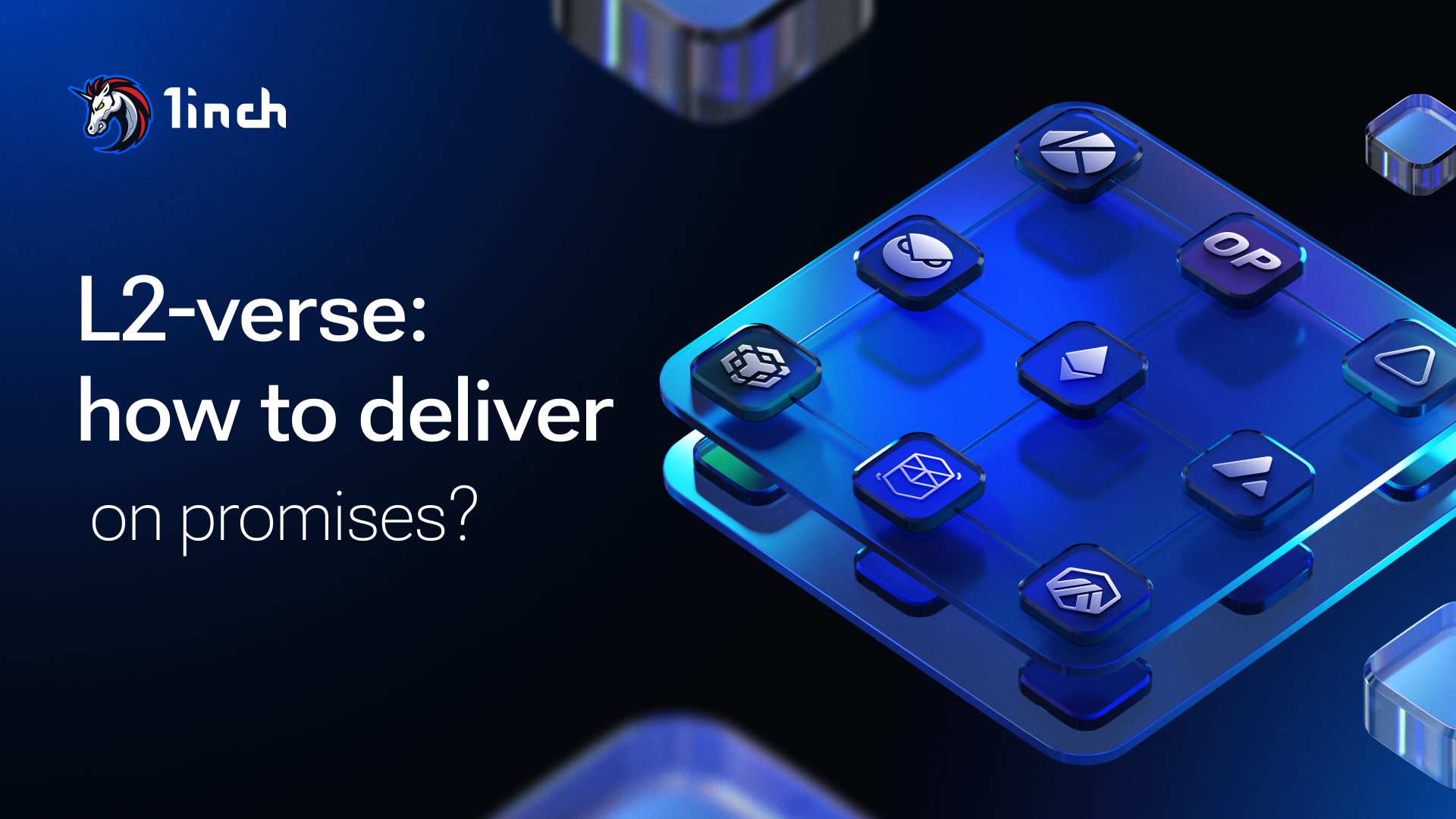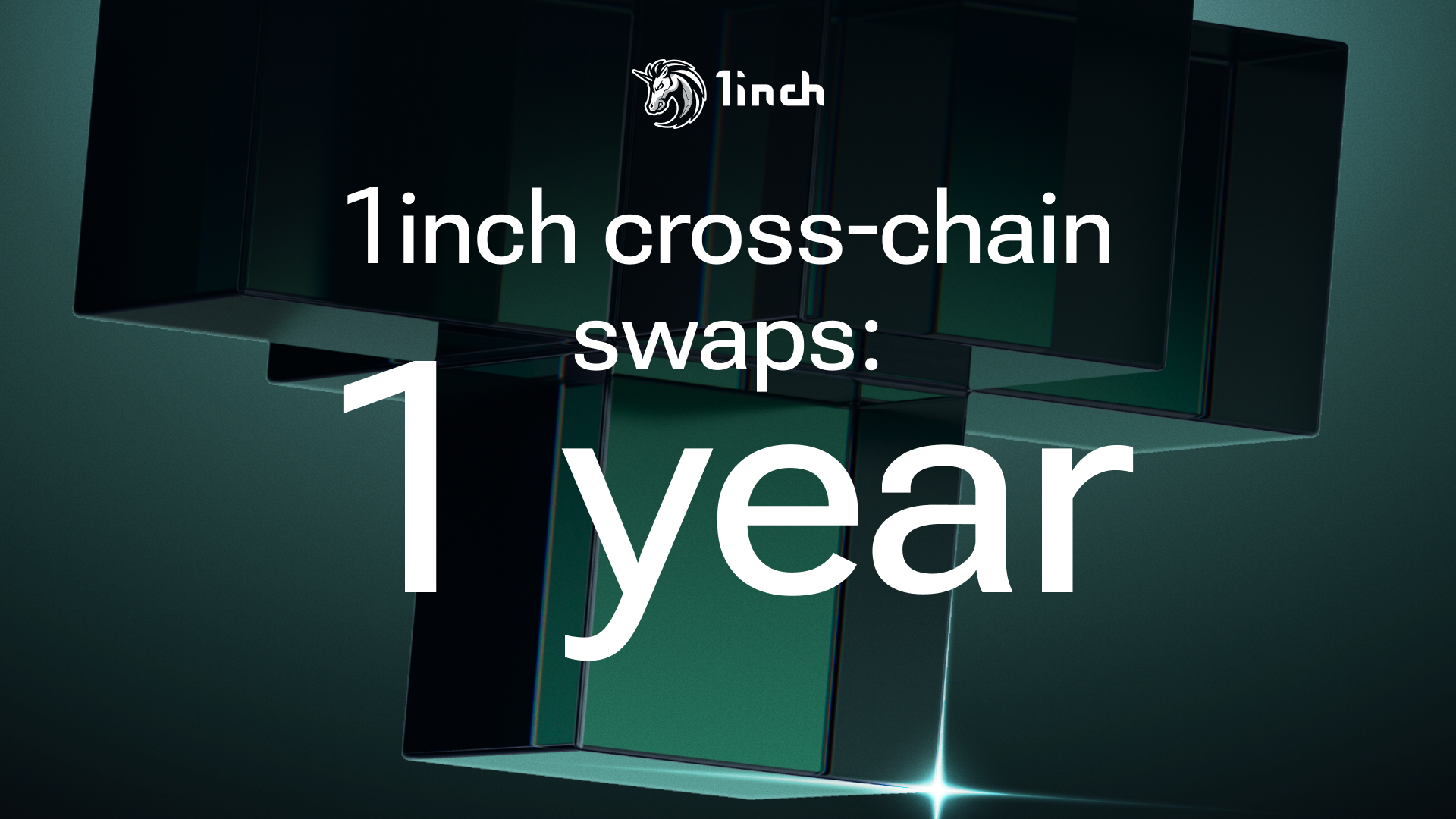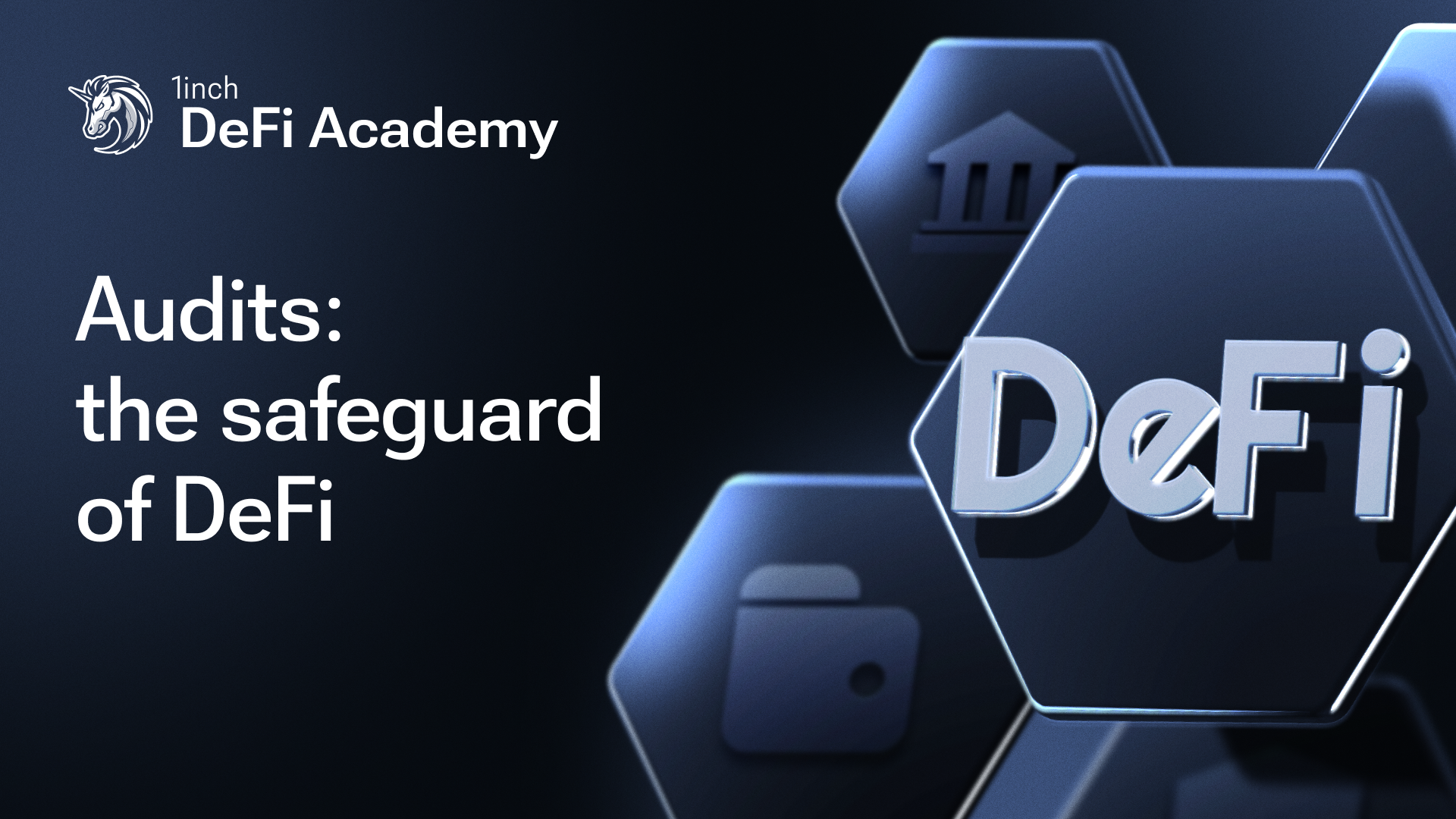L2-verse: how to deliver on promises?

In this post, we'll explore the potential of Layer 2 (L2) networks and what it takes to realize it.
As blockchain technology continues to grow, the networks face significant scalability challenges. Mainstream adoption demands faster transaction times and lower costs while maintaining robust security and decentralization. This is especially typical of the Ethereum blockchain, on which most decentralized finance (DeFi) and other applications run.
This is where Layer 2 (L2) solutions built on top of Ethereum come into the picture - an ecosystem that is often collectively referred to as "L2-verse." They are designed to scale blockchain technology by handling transactions off the main chain (Layer 1), thus alleviating congestion and reducing fees.
The blockchain trilemma: scalability, security and decentralization
The main challenge in blockchain development is the "blockchain trilemma," a term describing the trade-offs between scalability, security and decentralization. Ideally, a blockchain network should do well in all the three areas. However, in practice, enhancing one of these aspects often leads to compromising another. For instance, increasing scalability can lead to decreased security or less decentralization.
Tackling the trilemma
L2s are expected to address these issues without compromising on core blockchain principles. Several approaches have been developed.
Optimistic Rollups. Rollups are L2s that process and store transaction data off the main chain to increase scalability and reduce costs. Basically, this technology "rolls up" - or aggregates - multiple transactions into a single one.
Optimistic Rollups use the assumption that transactions are valid by default and only run computations in the event of a dispute. This method significantly reduces the data processing load on the main chain. The Optimism blockchain is a prominent example of L2 using Optimistic Rollups.
ZK-Rollups. Standing for "zero-knowledge rollups," these bundle hundreds of transactions into a single one. They use zero-knowledge proofs to maintain data integrity and security, allowing the main chain to confirm transaction validity without all the data from each transaction. ZKsync Era is a well-known chain using ZK-Rollups to enhance Ethereum’s throughput and efficiency.
Sidechains. These are independent blockchains that run parallel to the main blockchain and have their own consensus algorithms. Therefore, sidechains are technically not L2s, but are often mentioned in the context of tackling the blockchain trilemma. On sidechains, transactions are processed before the finalized data is reconciled with the main chain. One example of an Ethereum sidechain is Gnosis.
Challenges ahead
However, almost all L2s face common challenges: liquidity fragmentation and UX issues, as they are not perceived as a single, cohesive L2-verse.
Ethereum founder Vitalik Buterin has repeatedly expressed concerns about UX challenges with L2s, particularly the complexity and fragmentation that users encounter when interacting with multiple L2 solutions.
He has stressed the need for seamless and intuitive experiences where users are not burdened by the need to understand the underlying technology or switch between different L2s. Buterin advocates for the development of improved tools, wallets, and infrastructure that simplify the process, making it easier for users to navigate and leverage the benefits of Layer 2 solutions.
Solution coming soon
L2 solutions are poised to be crucial in the evolution of blockchain technology. To effectively enable blockchain to support global, mainstream applications across various industries, however, it is essential to address the challenges of liquidity fragmentation and inadequate user experience.
Meanwhile, 1inch is developing a solution that could represent a significant breakthrough in this area.
Stay tuned for more on that!




























